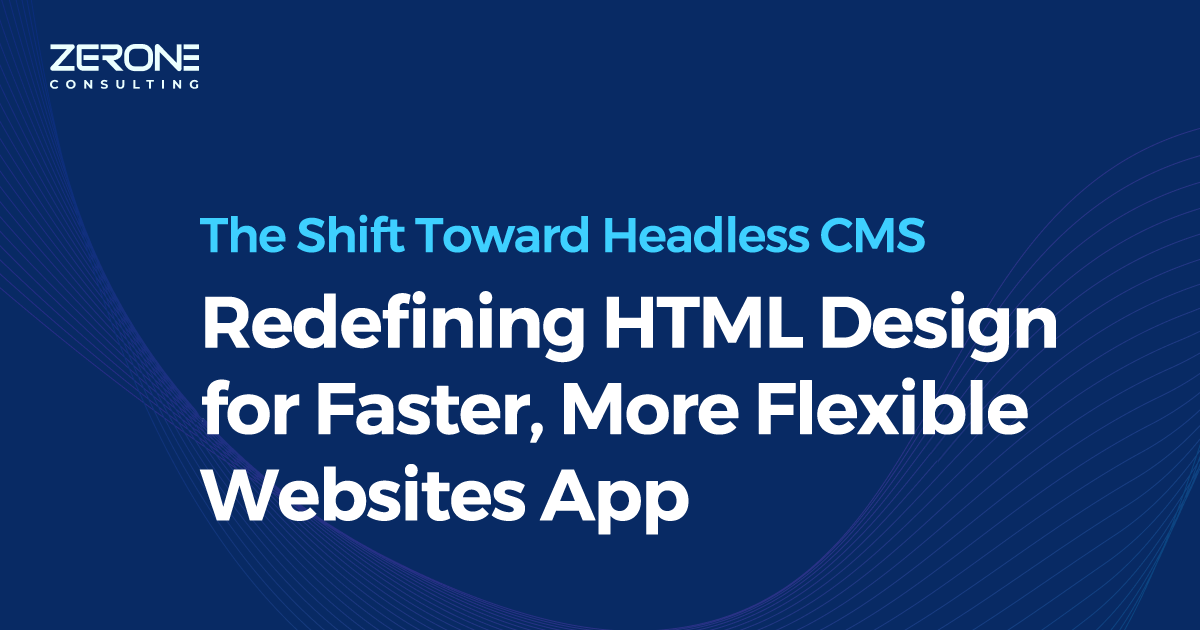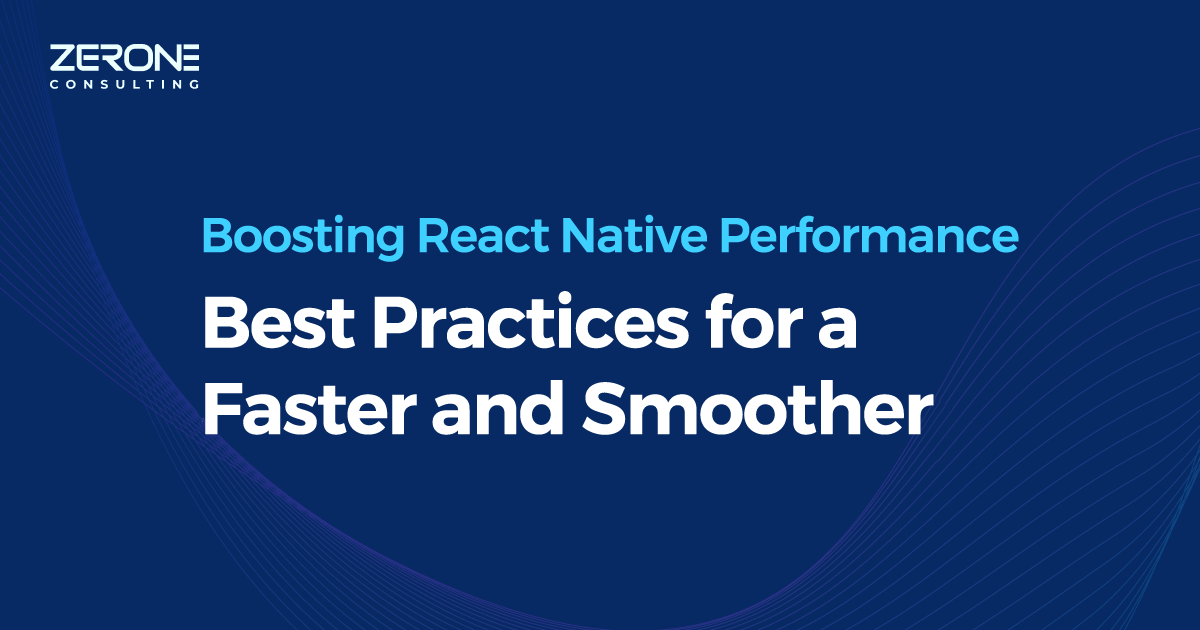Ensuring Long-Term Reliability: How to Keep Your Custom Software Application Running Smoothly for Years
Most of the time, organizations cannot find suitable software products for their specific requirements. This is why they approach software development companies to develop custom applications. Developing a custom application—whether web, desktop, or mobile—is a straightforward process. The software development company studies the requirements, discusses them with potential users, identifies suitable technology, develops the application, conducts thorough testing, provides it for user acceptance testing, and finally makes the system live for users. Up to this point, everything goes well. But what happens after five to ten years? Does the application still perform the same way it did when it was initially developed? If not, can the organization afford to develop a new application, which would create an additional financial burden?

What happens to the software application as time passes?
As time goes on, several issues may arise with the software application
Performance Degradation: The application may become slower as the amount of data in the database grows and the number of users increases. There may be other factors that cause the application to slow down, such as updates to the server operating systems that require hardware resource upgrades. If these upgrades are not implemented, it will impact the application's performance.
Maintenance Challenges: After the development team completes the application, it moves to the maintenance and support phase. During this time, only a small team provides support for the application. Retaining business knowledge of the application becomes difficult for the support team, and attrition within the team can severely impact this knowledge.
Technology Obsolescence: As years pass, the technology used in the application may become outdated, making it difficult to find developers to support it. Upgrading the technology within the application may not be an easy task.
Security Vulnerabilities: Security risks increase over time as cybercriminals develop new methods to attack applications. They will find vulnerabilities in the application, and no application is safe unless security patches are regularly applied to address these vulnerabilities.
Scalability Issues: As the number of users grows, the application must be scalable. If the correct architecture is not chosen and minor issues are not addressed promptly, the support team or any new development team will struggle to scale the application, eventually making it unusable.
Third-Party Component Updates: Custom applications often rely on third-party components or integrate with other applications. It is important to update the components whenever a new version is released or when changes are made to the integrated applications. Failure to do so can cause the application to stop functioning correctly.
User Experience (UI/UX) Evolution: New trends in UI/UX emerge frequently. Regular updates to the user experience are required to ensure that end-users can use the application without difficulty.
How to Ensure Long-Term Application Performance and Smooth Operation
Optimization - When an application runs for an extended period, both the database and the source code need to be optimized. As data volume increases, SQL queries may become slower, which in turn slows down the system. Additionally, the source code may require optimization to handle large volumes of data. A database administrator can manage the database optimization, while a system architect can suggest changes to the source code and architecture.
Right Team - A common practice during the support and maintenance phase of a project is to allocate one or two full-stack developers. While these developers can fix bugs in existing functionalities, to ensure the long-term stability of the application, experts with specialized skill sets—such as database administrators, architects, infrastructure experts, and UI/UX specialists—should also be involved.
Technology Update - Technology evolves continuously, and proprietary companies regularly release new framework versions. For example, Angular and ReactJS frequently introduce new versions each year, addressing issues in previous releases. Upgrading your application framework sequentially with each new release will reduce the effort required to manage multiple upgrades later. This ensures the application continues to run smoothly for as long as the technology is viable, typically for ten to fifteen years.
Adding New Features: Ensuring Scalability - When building custom applications, user feedback often drives new features and enhancements over time. However, before implementing these changes, it’s essential to check if the current architecture can support them. In successful projects, enhancement requests can multiply, so ensuring scalability is crucial for sustained growth and performance.
Security - A security expert should regularly assess the application to identify any security vulnerabilities. This includes updating operating system patches, installing new versions, addressing OWASP vulnerabilities, implementing data encryption, conducting penetration testing, checking access controls, securing API communications, monitoring application logs, conducting mobile-specific security checks, ensuring compliance and privacy, and providing security awareness and training.
Log monitoring - During the support phase, implementing a robust logging and monitoring system is essential to quickly pinpoint areas needing immediate fixes. Often, 80% of issues can be resolved by re-engineering just 20% of the code. Experts can then gradually optimize the architecture based on the product owner’s preferences. When a project is running smoothly, owners usually prefer step-by-step enhancements to avoid disrupting operations.
Third-party components and APIs - Most custom applications rely on third-party components and APIs. These might include tools for reporting, displaying data in graphical formats, or exporting data in different formats. APIs may integrate services such as SMS delivery or payment gateways. Periodic updates to these components and APIs are essential, as newer versions are often more stable, secure, and feature-rich. Expert advice should be sought before implementing updates, as improper updates can negatively impact performance and functionality.
UI/UX design for web, mobile, and desktop applications is evolving rapidly. As end-users experience better user interfaces across various applications, they come to expect the same from custom applications. Therefore, regular UX reviews and updates are necessary. A UX expert should be allocated part-time to make these revisions.
Conclusion
To achieve these goals, allocating support and maintenance to a team with diverse skill sets is advisable, engaging each expert as needed. This approach reduces costs compared to having all experts full-time while improving the efficiency of the maintenance process. Only a very few software development organisations provide support as a service. Zerone Consulting Pvt Ltd is one of them.
We can help!



